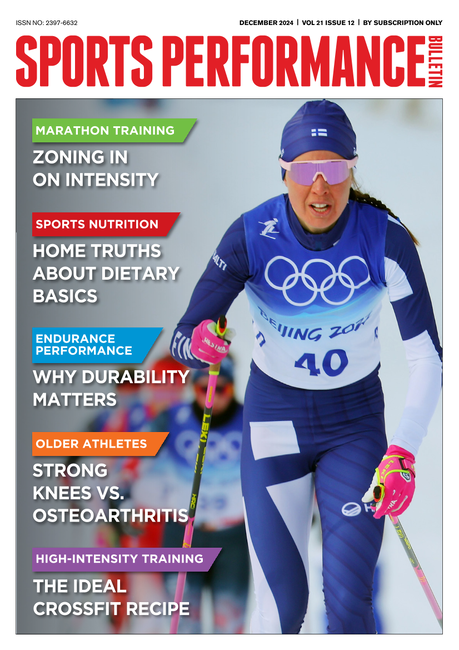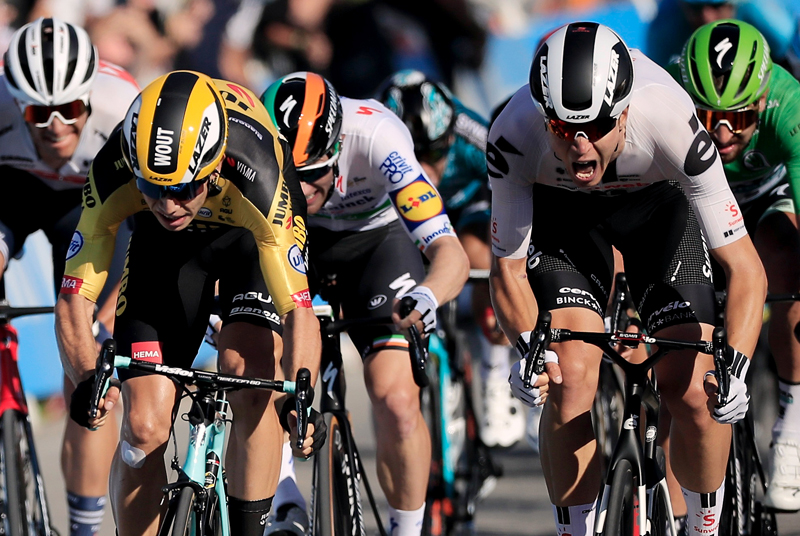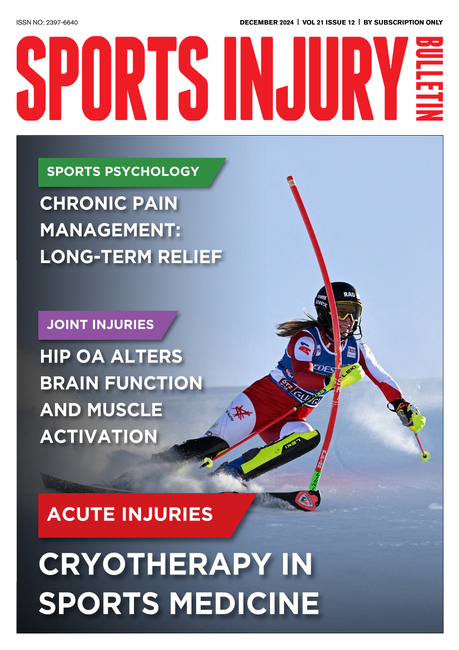You are viewing 1 of your 1 free articles. For unlimited access take a risk-free trial
Research review: best warm ups for strength training

2nd October 2020: Sports Performance Bulletin looks at some new research on the best way to warm up for two key strength exercises
As subscribers to Sports Performance Bulletin will already be aware, a very large and accumulating body of research has confirmed that sportsmen and women who strength train experience a number of significant benefits. These include:
- Stronger and more resilient muscles, reducing the risk of injury – both those arising from inherent weaknesses and those of strength imbalances.
- Increased sprint and power capability – required in nearly all sports, even in endurance sports (for example, a sprint for the finish line or a mid-race burst to break away from the pack).
- Improved muscle efficiency – more technically known as ‘economy’ (ie less oxygen consumption required to sustain a given sub-maximal pace)
Although the principles of strength training have been well established for athletes (see this article for a thorough discussion), the best way to warm up for a strength session in the gym is still a topic of much debate. A widely-held belief is that lots of reps using light weights is sufficient for an effective warm up – but is this true?
Squat and bench press warm ups
To try and answer this, new research has investigated the use of movement-specific warm ups for boosting squat and bench press performance and reducing perceived effort [Int. J. Environ. Res. Public Health 2020, 17(18), 6882]. Researchers studied 40 resistance-trained males to explore the effects of three specific warm-ups on squat and bench press resistance training on three separate occasions. These were as follows:
- 2 × 6 repetitions with 40% and 80% of the usual training load used in the first and second warm-up set respectively
- 6 repetitions of 80% of the usual training load
- 6 repetitions of 40% of the training load.
Following the different warm ups on each visit, the subjects then went onto to perform squats and bench presses using their normal loadings (ie 100%). The success or otherwise of the warm up procedure was determined by measuring the average propulsive velocity during both exercises, the peak velocity and velocity loss (as fatigue set in), the time to achieve peak velocity, power, work, heart rates, and ratings of perceived exertion. Lower perceived exertion, heart rates, velocity loss and time to peak velocity indicate better performance – as do higher peak and average velocity, power and work done.
Key results
The key results were as follows:
- The best squat performance was achieved by warm-up squatting with just one set of 6 reps at 80% of training load.
- The best bench press performance was achieved using a bench press warm up consisting of two sets of six bench pressing reps – firstly, one set at 40% followed by a second at 80% of the training load.
- Using a warm up consisting of just one set of reps at 40% of training load resulted in the poorest performance.
The implications
These results suggest that the conventional approach of using lots of low-load reps for a warm up is NOT the best approach for a strength training session where athletes are seeking to develop higher levels of power and dynamic strength. Instead, the focus should be on fewer reps at a higher (80%) loading. Where the exercise involves the shoulder joint (one which is inherently unstable and needs a more prolonged warm up), a 40%/80% approach is likely to be preferable.
Newsletter Sign Up
Testimonials
Dr. Alexandra Fandetti-Robin, Back & Body Chiropractic
Elspeth Cowell MSCh DpodM SRCh HCPC reg
William Hunter, Nuffield Health
Newsletter Sign Up
Coaches Testimonials
Dr. Alexandra Fandetti-Robin, Back & Body Chiropractic
Elspeth Cowell MSCh DpodM SRCh HCPC reg
William Hunter, Nuffield Health
Keep up with latest sports science research and apply it to maximize performance
Today you have the chance to join a group of athletes, and sports coaches/trainers who all have something special in common...
They use the latest research to improve performance for themselves and their clients - both athletes and sports teams - with help from global specialists in the fields of sports science, sports medicine and sports psychology.
They do this by reading Sports Performance Bulletin, an easy-to-digest but serious-minded journal dedicated to high performance sports. SPB offers a wealth of information and insight into the latest research, in an easily-accessible and understood format, along with a wealth of practical recommendations.
*includes 3 coaching manuals
Get Inspired
All the latest techniques and approaches
Sports Performance Bulletin helps dedicated endurance athletes improve their performance. Sense-checking the latest sports science research, and sourcing evidence and case studies to support findings, Sports Performance Bulletin turns proven insights into easily digestible practical advice. Supporting athletes, coaches and professionals who wish to ensure their guidance and programmes are kept right up to date and based on credible science.









